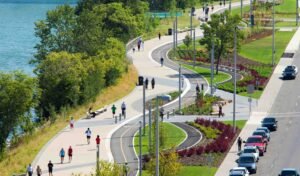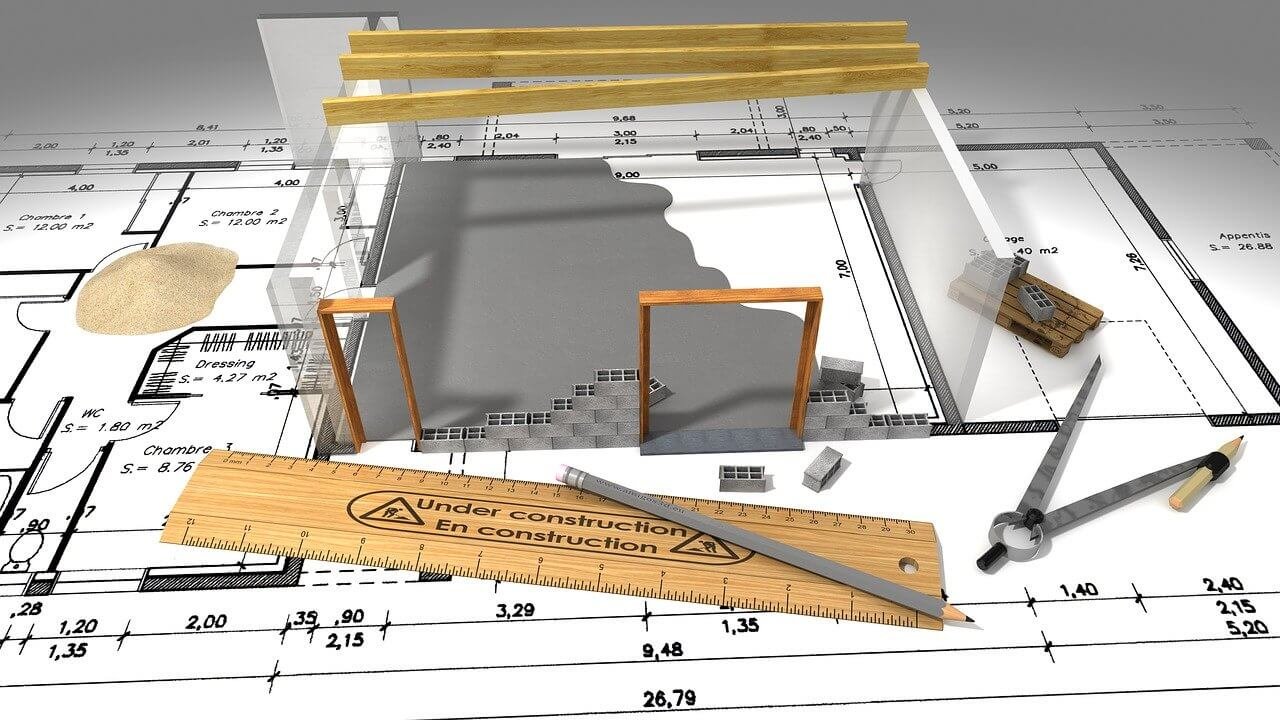By Definition:
Landscape architecture covers a vast spectrum of the design world, understood best by the professionals as achieving the balance between the built and natural environment. It requires a multidisciplinary approach of involving environmental science, ecology, biodiversity, and art. The design interventions many times have shown extraordinary results for projects concerning endangered wetlands, removing toxins from water, and restoring buildings and natural habitats.
The word ‘landscape’ refers to an area perceived by people and for the people concerning interaction and natural habitat. Landscape architecture and landscaping is the arrangement and modification of features in a landscape and urban area. Its benefits and uses are numerous, helping to soften spaces between buildings, linking between spaces, routes for people, space for resting and relaxation, recreation, gardening, and also help to improve environmental quality.
” A good building is not one that hurts the landscape, but one which makes the landscape more beautiful than it was before the building was built”- Frank Lloyd Wright

Area of Design:
A discipline focusing on interventions through activities of planning, design, management, concerning with both urban and rural scales of project developments. Public art, a growth sector for architects, is an emerging concept of building and executing. One of the remarkable developments in contemporary culture can be seen in the convergence of practices that once belonged to either art or design. A ‘spatial practice’ describes a variety of architectural and artistic engagements with the city.
There is a vast difference between the two professions, while landscape architects create landscapes that merge into natural surroundings. Architects have sometimes retrieved a part of the original landscape that once defined the appearance of a place, building over natural landscapes to create something new. Over the past two centuries, the so-called Modernism and other architectural styles sprouted up in an era of abundant and cheap fossil fuels.
Should Architects Design Landscapes?
Nature nourishes the city and has powerful implications for how cities are built and maintain, as well as for health, safety, and welfare. Elements like plants and organic forms are becoming commonplace when architects design new buildings, In contrast, landscape architects can create green oases in the middle of the cities through parks, gardens, recreation zones, and green roofs.
It is evident that the changing climate globally, architects have upgraded their way of designing a space by integrating greens in design. The greens not only function as aesthetics but helps in making a building or structure sustainable.
The vertical landscapes that you see and are coming to play through mitigating urban heat island effect, filtering air, and reducing water runoff. Principles like durability and strength, passive and active strategies, intimate knowledge of site concerning microclimate and macroclimate, resilient systems, are found to be similar to principles stated by early landscape architects like Olmsted 150 years ago. Assuming that the evidence of principles is making architects more and more inspired by the work of landscape architects.
Conclusion:
Architecture is often associated with aesthetics and functionality, whereas the link between nature and the building’s impact on the environment is yet missing in new buildings. The new ecological approach of green terraces, green facades, green walls is just the beginning of understanding the bigger picture. Today’s modern buildings are often seen to tend towards getting back to the roots in nature.
To know more about Architecture Technology, Stay Tuned.
Previous Coverage:
- A.I. & Robots Revolutionizing the Construction Industry
- Towards Regenerative Development
- Augmented Reality Transforming Cities
- Coastal cities at the highest risks?
- Co-Living, A buzzword of 21st Century!



